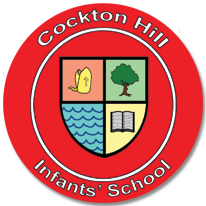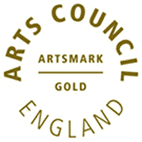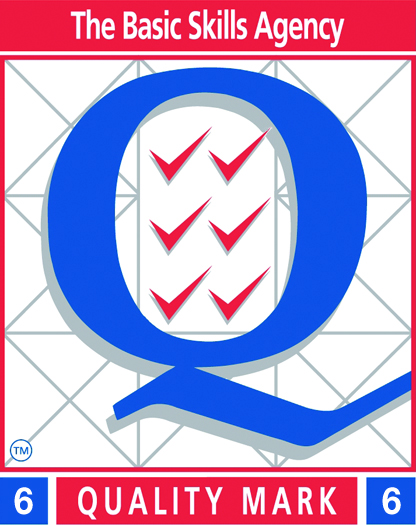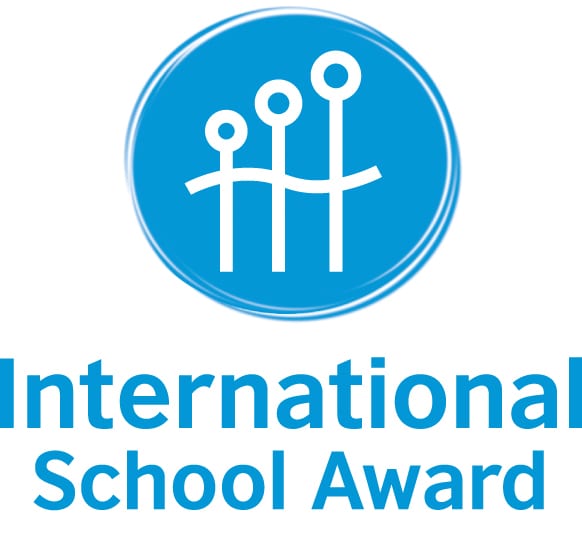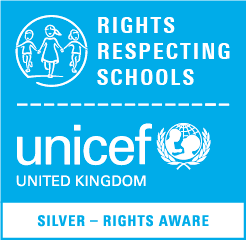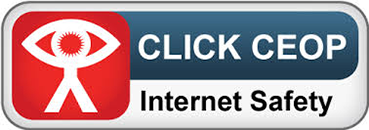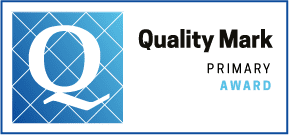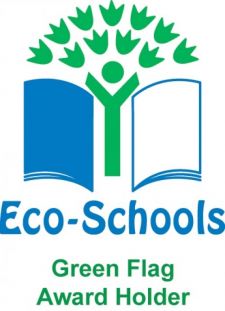Our Approach to Reading
We follow the Sounds-Write programme for teaching phonics from Reception to Year 2. In Nursery our children work through Phase 1 Letters and Sounds in preparation for reception. The phonics scheme is supported by a range of reading books including ‘Dandelion Readers’ and ‘Sounds-Write’ reading books. In our school our approach to teaching reading is varied: the children are regularly involved in shared reading, daily phonics teaching sessions and they read individually to a range of adults in the school. We also have home/school reading record folders and we work with parents to support their children’s reading at home.
Sounds Write
Our teaching of phonics using the Sounds-Write programme starts immediately, when children join in reception and continues until year 2. Sounds-Write is used around the world and has been graded as ‘Outstanding’ by Ofsted.
The knowledge of sounds and symbols is an important starting point for understanding and using written language and we believe that a strong and consistent approach to the teaching of phonics is vital for our children to begin to access the rest of the curriculum. This is, however, used in conjunction with many other strategies to help children to begin to read and write.
Sounds-Write is effective in teaching pupils to read, spell and write because it starts from what all children know from a very early age – the sounds of their own language. From there, it takes them in carefully sequenced, incremental steps and teaches them how each of the 44 or so sounds in the English language can be spelt.
Reading and spelling also requires expertise in the skills necessary to make use of the alphabet code and pupils need to be able to:
- segment, or separate sounds in words
- blend, or push sounds together to form words
- manipulate sounds: take sounds out and put sounds into words
Below there is a leaflet which gives you more information about Sounds-Write.
Reading Policy
Aims
- We want to encourage the development of fluent, enthusiastic readers who choose to read for enjoyment.
- We will encourage children to respond to books.
- We aim to introduce our pupils to a wide variety of learning materials including literature from different times/authors/places.
- We want children to make links between reading and writing.
- We actively encourage and support parents to be involved in helping their child’s development in reading.
- Children will be taught to use the library independently.
Objectives
- The classroom environment should provide a rich and stimulating resource for children’s reading. Reading materials, including displays, should be reviewed regularly to take account of children’s developing needs.
- Children should have access to an enabling classroom environment, allowing use of word mats and key word displays and other useful tools for learning.
- Children will be given a wide range of reading experiences including listening to and reading stories, poems, jokes, environmental print books written and illustrated by the children themselves and nonfiction texts.
- Children will have experience of shared reading, individual reading and reading independently.
- Children will be encouraged to make links between literacy and other subjects and will be supported to apply reading skills in all areas.
- Children’s enjoyment of reading will be fostered by encouraging them to bring in books from home to share and allowing them to choose stories which will be read to the class during story time.
- Children’s enjoyment of reading will be enhanced by topics of work that are based around a text where links are made across the curriculum.
- School library displays, competitions, visits from poets and storytellers and events such as World Book Day and National Poetry Day will help to make books fun.
Teaching and Learning
EYFS
In nursery our children begin with phase 1 Letters and Sounds in small groups. Children have a daily ‘story of the week’ in small groups. The story of the week is then sent home with a child each week. In reception children begin with the Sounds-Write programme. In reception the children are given story books to share with parents, then books without words to encourage talk and discussion. When the children have some letter sound recognition, they are given the first reading books. These books are read individually with the children and they are taken home to share with an adult. They have homework books to support phonics learning at home.
Children will be supported to learn to:
- Link sounds to letters, naming and sounding the letters of the alphabet.
- Explore and experiment with sounds, words and texts, developing phonological awareness, imagination and creativity.
- Retell narratives in the correct sequence, drawing on the language patterns of stories
- Read a range of familiar common words and simple sentences independently.
- Know that print carries meaning and, in English, is read from left to right and from top to bottom.
- Show an understanding of the elements of stories such as the main characters, sequence of events and how information can be found in nonfiction texts to answer the questions Who? Where? Why? When? and How?
Key Stage One
In year 1 and 2 children continue to experience reading in a variety of groupings, shared, paired and individual. They also work on their phonic knowledge following the Sounds-Write programme. Reading books are taken home each night. Books are borrowed from the school library (Year 1) and the local library (Year 2). Word lists and comprehension tasks, on occasion, are given as homework.
Children will learn to:
- Discriminate between the separate sounds in words.
- Recognise the letter combinations most often used to spell these words.
- Read words using knowledge of phonics, sounding out and blending the separate parts.
- Use a full range of reading cues- phonic, graphic, syntactic and contextual- to monitor reading and to correct their mistakes
- Discuss and understand their reading, being able to use technical vocabulary.
- Be interested in books, reading with enjoyment and being able to justify their preferences.
- Develop their imagination and creativity by making links with their reading.
- Show comprehension of a text and be able to answer questions about it.
- Use inference and deduction to answer more difficult questions.
Working with Parents
Parents are given information regarding early reading when their children start school. Staff make videos to support parents with the correct pronunciation of letter sounds and how best to help their child read the home school reading book. These are sent as a link to parents in a text message. We use home/school reading diaries where parents can comment on their child’s reading progress. The home school diary has notes to guide the parents. Throughout the year parents are kept informed of our learning in literacy through letters/website/facebook and at open days curriculum information is shared. Where possible we invite parents to attend special events focussing on reading such as accompanying us to the library for a storytelling session or joining us at school for a reading event.
Assessment
Children’s reading development will be monitored as follows:
- Progress through home school reading books.
- Sounds-Write assessment booklets.
- Teacher records of individual reading.
- Sight vocabulary – lists of key words.
- Early Years Foundation Stage Profile at the end of Reception.
- Step-trackers in KS1.
- Year 1 Phonics Screening Check
- Reading APP grid (Assessing Pupils Progress) in KS1.
- SATs reading tasks at the end of Year 2.
Adobe Reader
You may need a product like Adobe Reader (free download) to view our PDF documents on our website.
